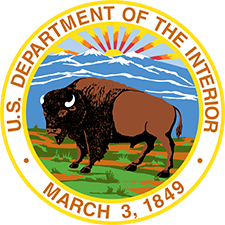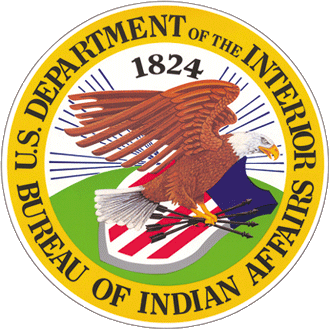You are viewing ARCHIVED content published online before January 20, 2025. Please note that this content is NOT UPDATED, and links may not work. Additionally, any previously issued diversity, equity, inclusion or gender-related guidance on this webpage should be considered rescinded.
Alaska is home to three native peoples. The Eskimos, although best known, share the vast land with their island relatives, the Aleuts, and with a large number of Indians.
The story of these native residents of the great northern peninsula that became a State in 1959 is told in a booklet just published by the Bureau of Indian Affairs--Indians, Eskimos, and Aleuts of Alaska.
Here is a sampling of some little known facts revealed in the new publication:
-- The 14,444 Indians, 23,323 Eskimos, and 5,755 Aleuts counted in the most recent census represent roughly one-fifth of the State population;
-- Aleut sea-hunters harvest about BO percent of the fur seal pelts taken each year on the Pribilof Islands in the Bering Sea.
-- Alaska Eskimos do not live in igloos, but sometimes construct snow windbreaks when caught in storms;
-- Native jade and ivory carvings of remarkable beauty are sought by collectors throughout the world.
In the course of a tumultuous and colorful history, Alaska--or Alyeska, as the Aleuts call the region--has survived occupation by Russian fur traders; a Gold Rush; post-war land booms; the advent of Statehood; and a devastating earthquake. These and other historic highlights thread through the booklet just issued.
Amply illustrated, the 16-page publication may be purchased at 15 cents a copy from the Superintendent of Documents, U. S. Government Printing Office, Washington, D. C. 20402. A discount of 25 percent is allowed on quantity orders of 100 or more, to be mailed to one address.
This booklet is the third in a current BIA series. Two earlier publications, Indians of North Carolina and Indians of Oklahoma, are for sale at the same address and price.


